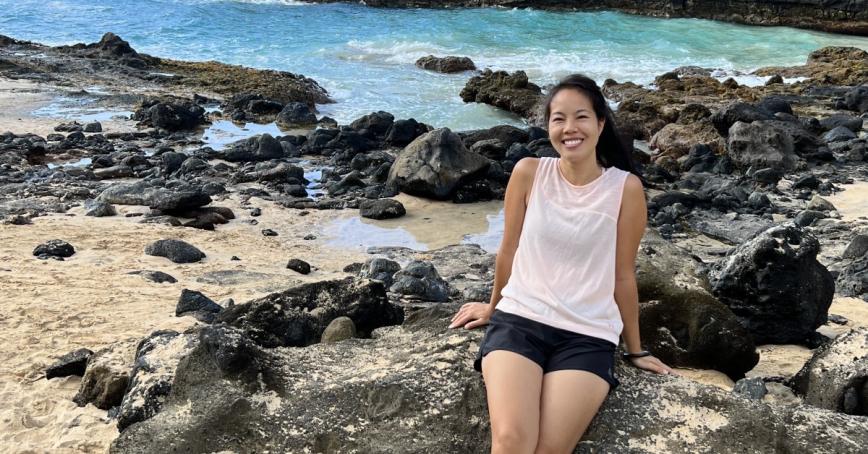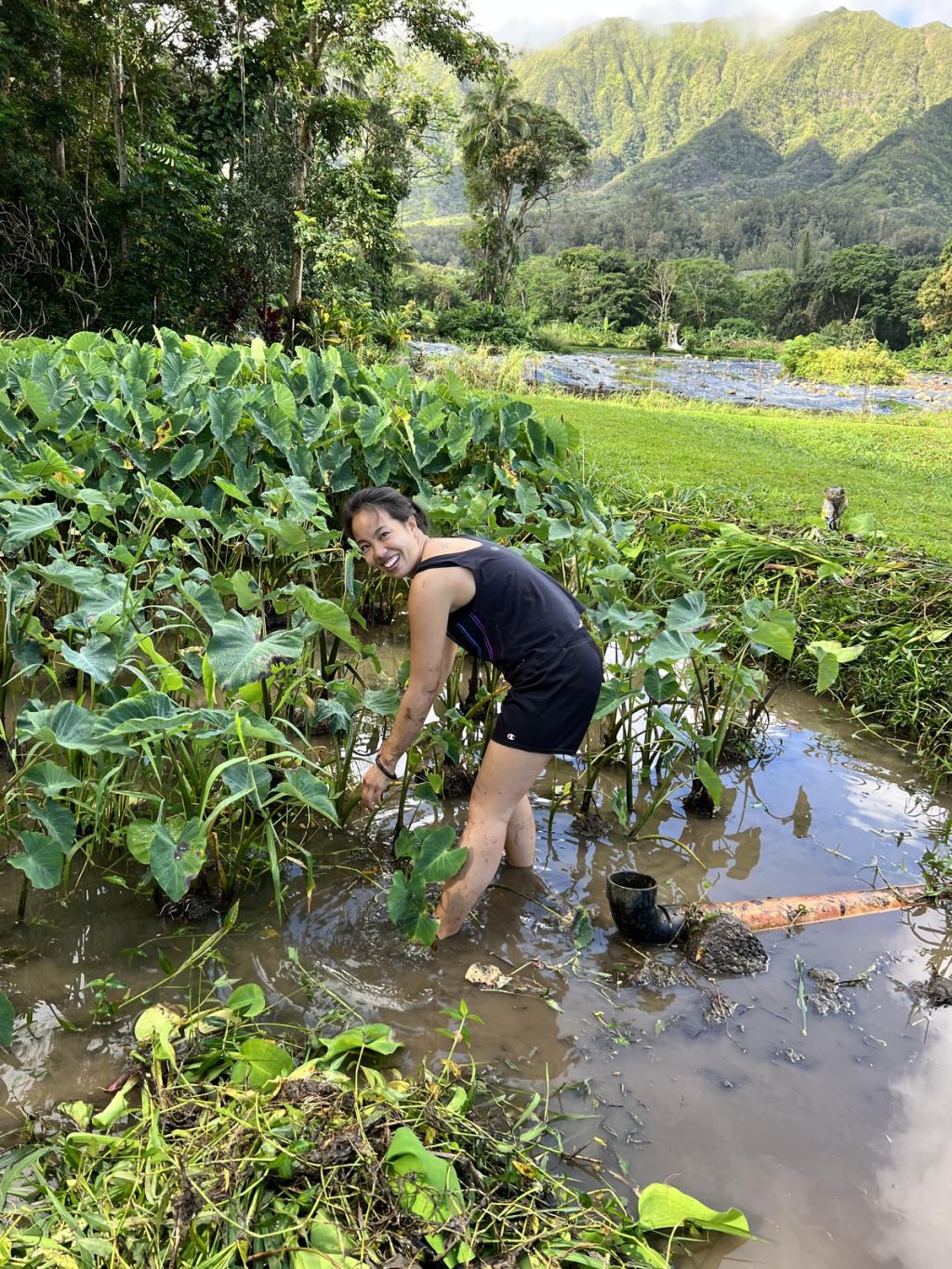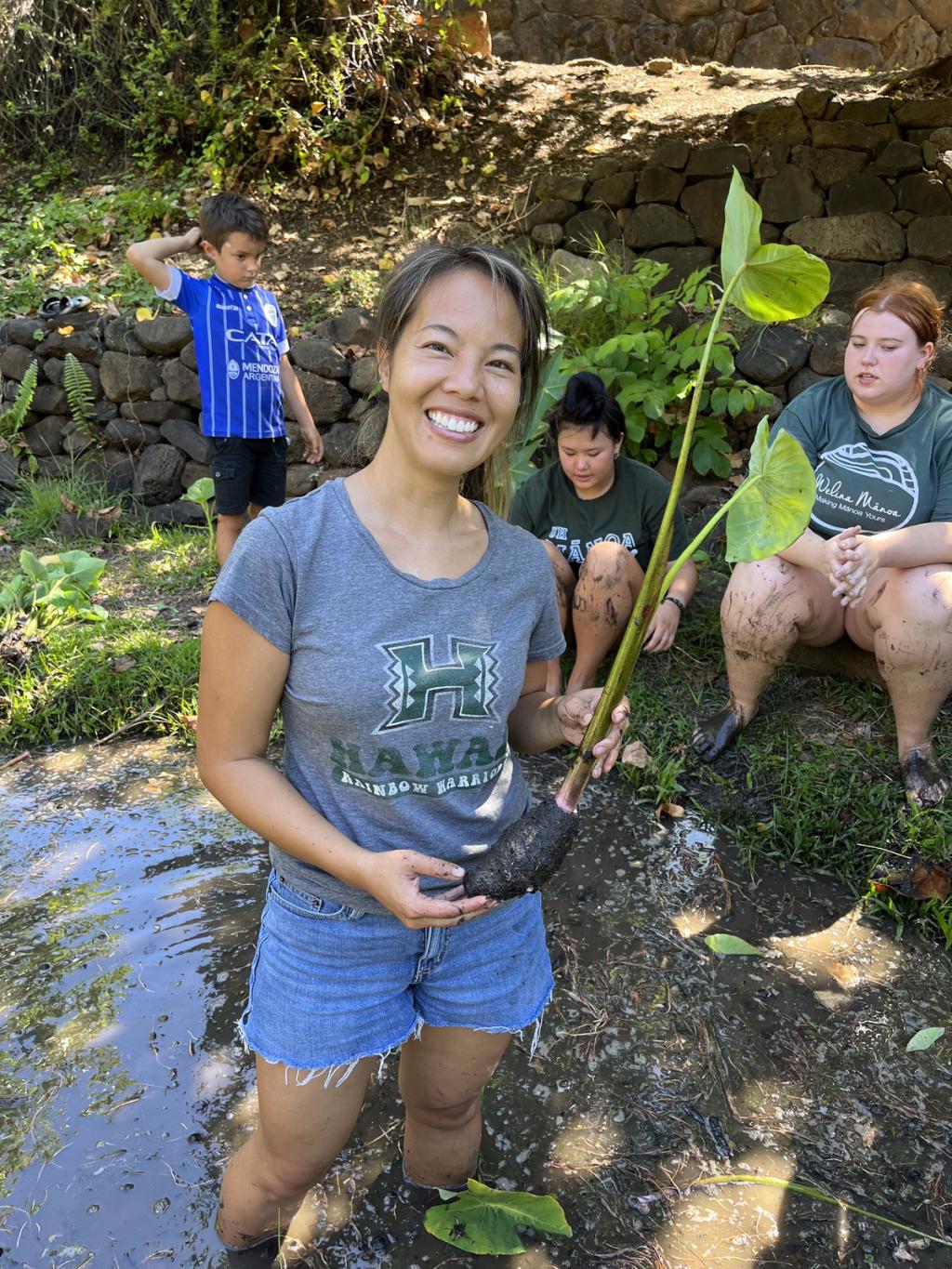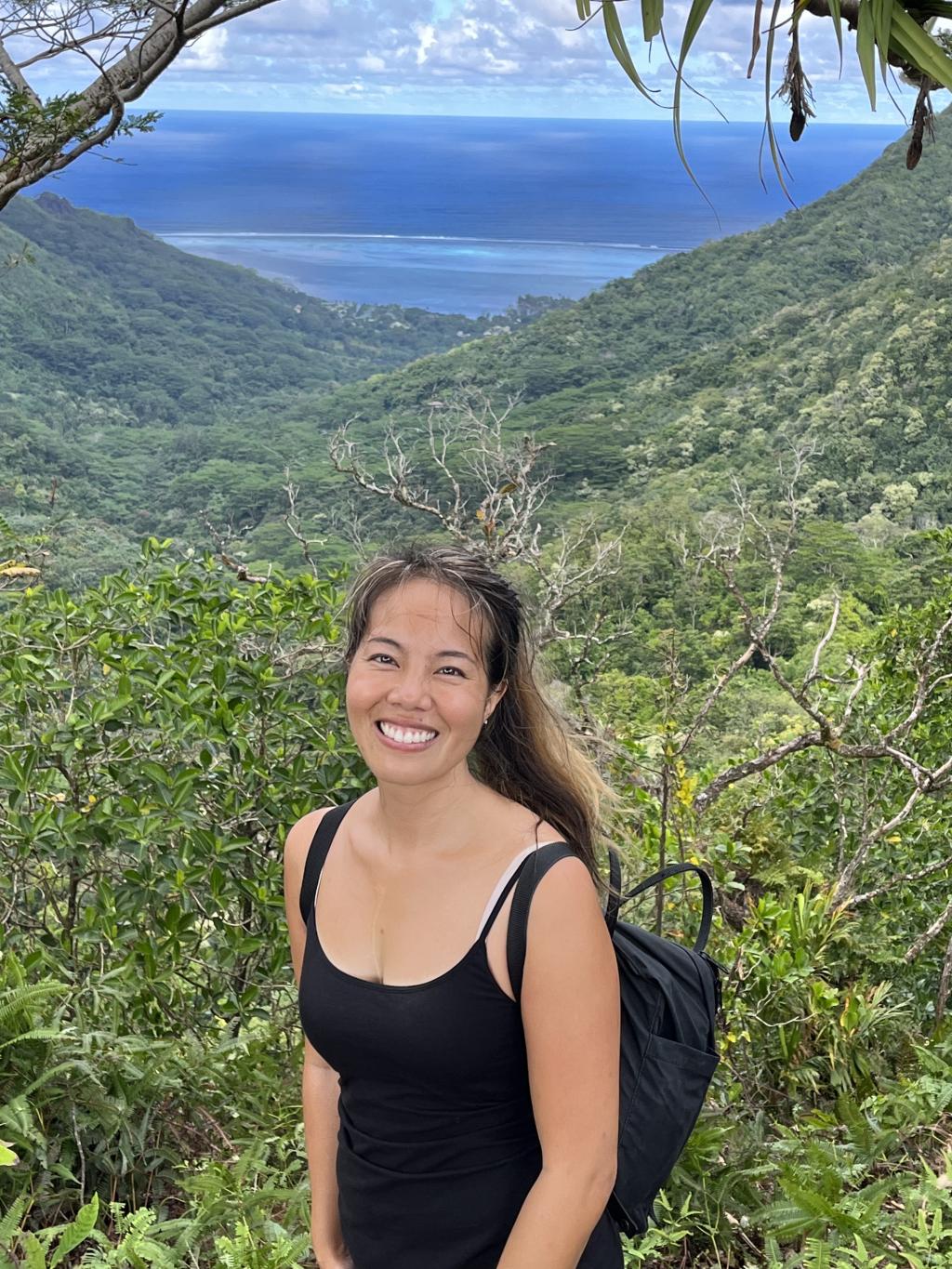RRU alum’s geothermal research heats up with Nat Geo grant
Topics
Featured
Share online

Vivian Giang holds fond memories of flipping through the glossy pages of National Geographic as a young girl. The daughter of immigrant parents, she remembers time spent with her young siblings, marveling over the stunning photography bordered by the iconic yellow frame.
What she didn’t know then was that her research would take her to the same kinds of places featured in the magazine.

Giang, a graduate of Royal Roads’ Master of Arts in Professional Communication program (MAPC), is working toward her PhD in anthropology and engineering at the University of Alberta. She extended her previous stay in Aotearoa, New Zealand to complete her research, supported by a 2022-’23 National Geographic Explorer Grant, which followed the Fulbright Canada Award she previously received to visit the University of Hawai'i at Mānoa.
Her research focuses on community engagement regarding geothermal energy, specifically with respect to Indigenous rights. Geothermal energy is a low-carbon energy alternative, which uses hot water from below the Earth’s surface for heat or to power turbines to create electricity.
"At the end of the day, what I heard often was we only have one Earth and water is extremely precious.”
She explains: “My research partnership with Indigenous communities in Canada, Hawai‘i and Aotearoa, New Zealand, explores the political, socio-cultural, environmental, economic and spiritual impacts of geothermal development to inform Canadian geothermal energy policy, while increasing our mutual capacity for renewable energy research, sustainability and governance.”

“Many of the community members are open to collaboration and open to sharing stories and helping other Indigenous communities work through their projects… Because, at the end of the day, what I heard often was we only have one Earth and water is extremely precious,” says Giang.
Makahiapo Cashman, director of Ka Papa Loʻi O Kānewai at the University of Hawai‘i at Mānoa fully embraces this notion, saying, "[At] Ka Papa Loʻi O Kānewai, we talk about our water. A lot of people, when they come here to Kānewai, think they're coming to work here in the loʻi (wet taro patch), be with our kalo (taro), be with our aloha... But they don't realize they are actually here to see our water, what the water is doing, the story of Kānewai and how the water moves back and forth here. Water is very important to us, to Indigenous peoples here in Hawaiʻi, the Hawaiians, and being able to work with water is [important]... it's always teaching us."
Giang found that from the Indigenous peoples she spoke with, communities in different areas and countries have different approaches to geothermal projects. For instance, there is mixed support and resistance among some Indigenous communities in Hawai‘i — both because they’ve been disenfranchised from ownership of their traditional lands and for spiritual reasons. Specifically, some communities believe that the Big Island is the home of Pele, the goddess of volcanoes and fire, and descendants of Pele wish to respect her home. In Aotearoa New Zealand, however, Giang says the Māori communities with whom she spoke believe it’s OK to develop geothermal energy if it’s done in a sustainable and responsible manner.
In New Zealand, geothermal is mostly used to produce commercial-scale electricity, and there are dozens of geothermal plants, several of which are co-owned, co-developed or co-managed by Māori communities.

“When I got the email [about the grant], I kind of did a double take. It was very humbling to know the work that I’m doing could be considered significant on the international scale,” she says.
Additionally, she credits her time at Royal Roads, noting that many of the courses in her MAPC program were centered on how to communicate with different audiences and how to build relationships on a foundation of respect, both of which she says were critical parts of her field work.
“I had an enriching time interacting with so many people who were passionate about caring for the environment and developing sustainable solutions for our energy challenges,” Giang says. “I am incredibly grateful for the kindness of my host communities and for the stories and knowledge people were willing to share with me.
We always want to hear stories about the people, programs and places that are the Royal Roads experience. Share yours via the RRU Story Exchange and it could be featured on our website and social media.